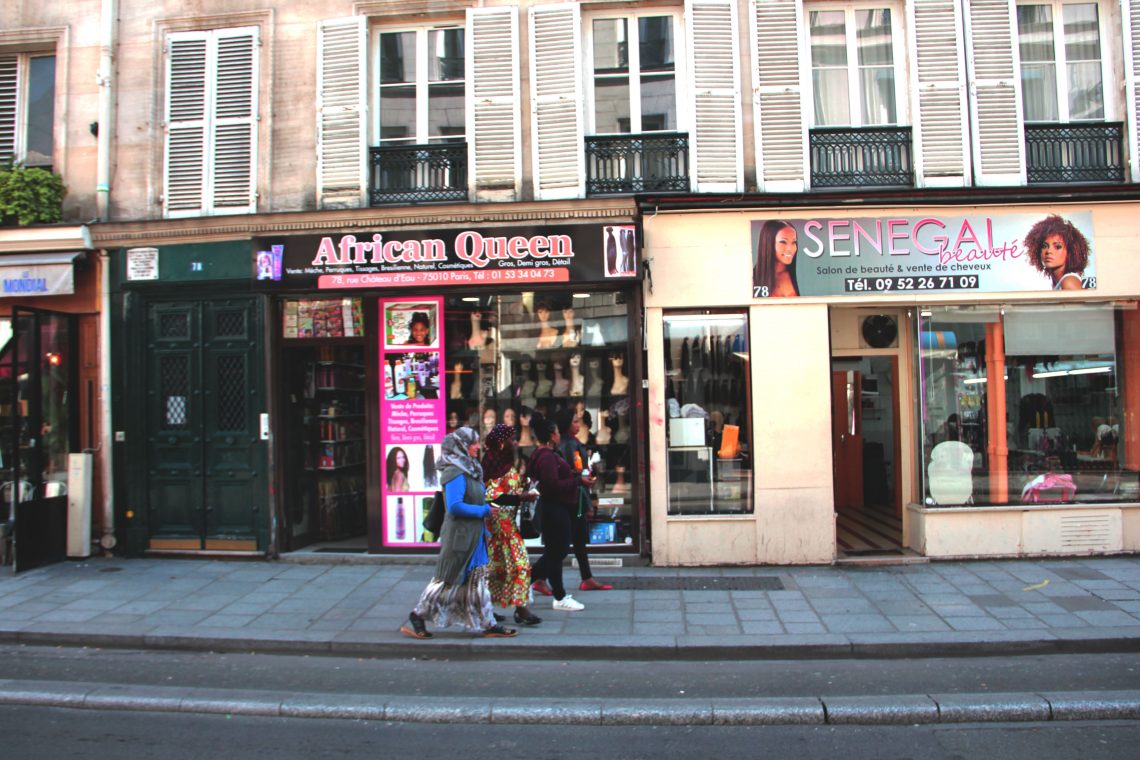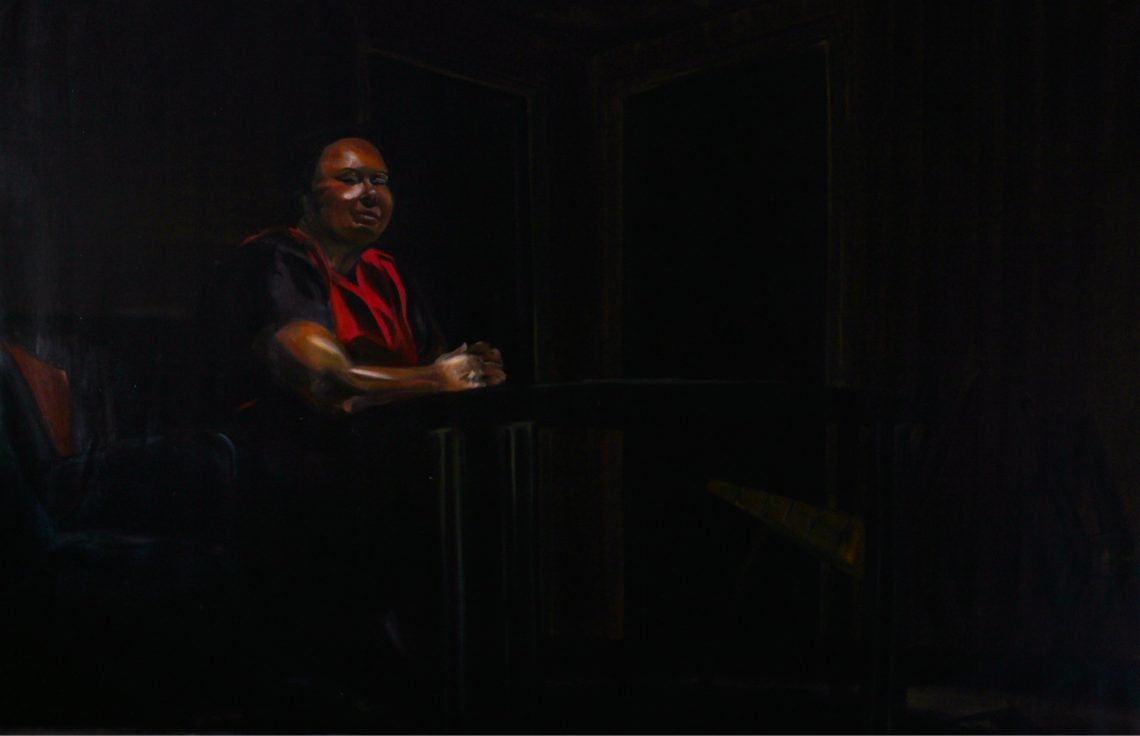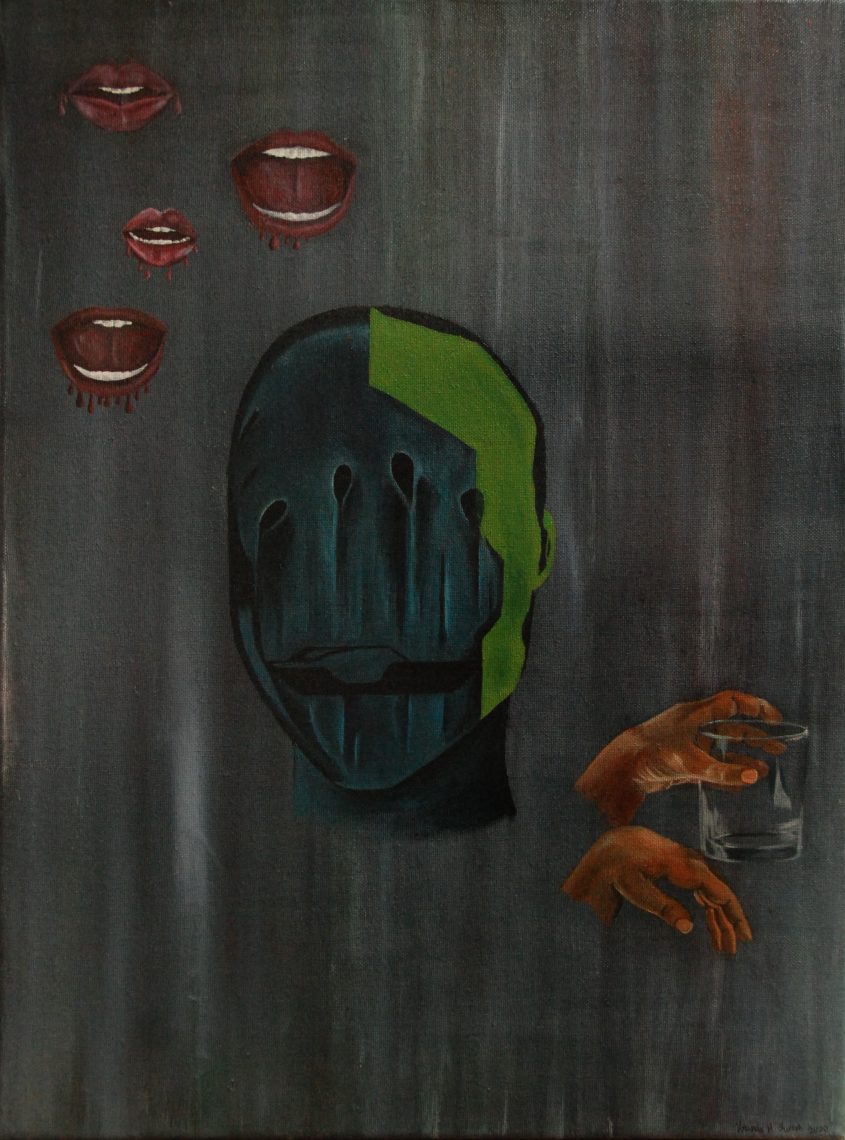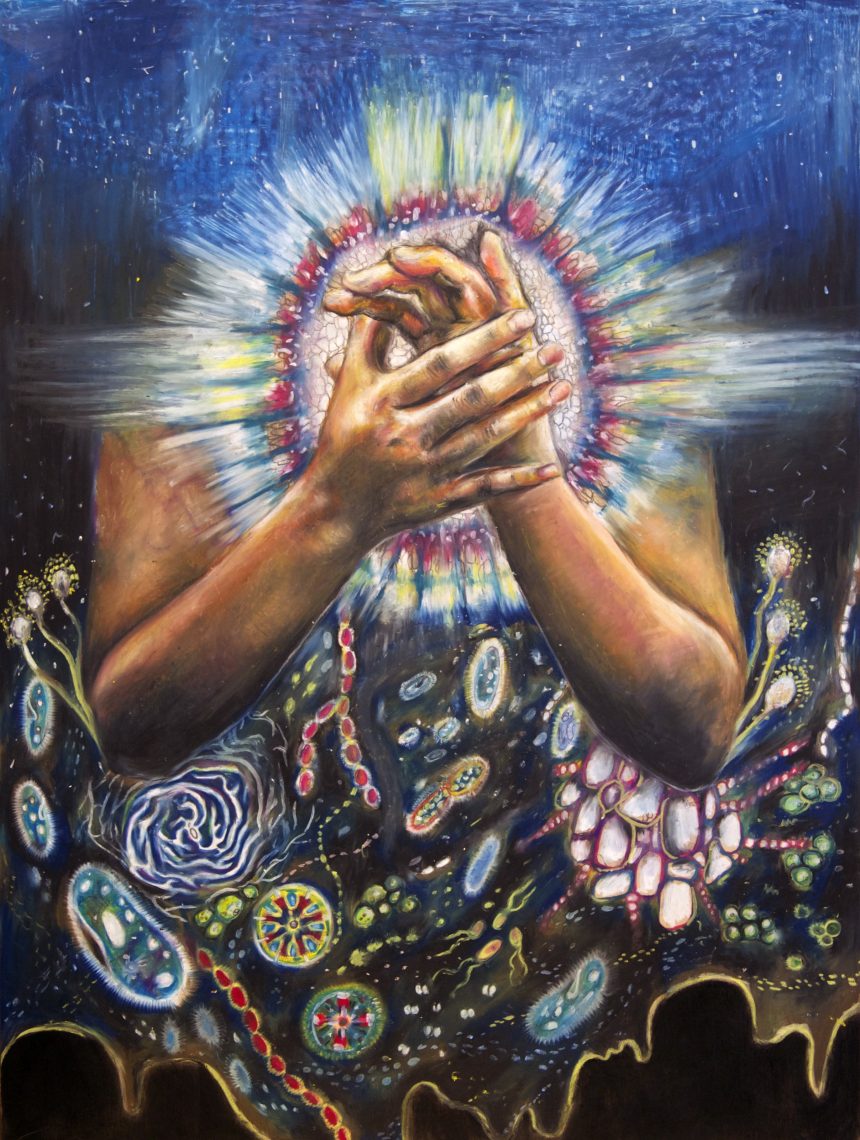Stanford Arts: Breadth and Depth
Breadth—because we are integrating the arts and creativity across the university. And depth—in the excellence and resonance of our individual programs.
Welcome to 2014!
It’s an exciting time in the arts at Stanford. Last year brought us the opening of Bing Concert Hall, and this fall we will see the opening of the Anderson Collection at Stanford University. We are eagerly anticipating the arrival on campus of this magnificent collection of postwar and contemporary American art. Keep an eye on this newsletter for updates and further information.
The Anderson Collection at Stanford University will be the second of three new facilities joining theCantor Arts Center in our growing arts district. In fall 2015 we will open the McMurtry Building, the new home for the Department of Art & Art History. That’s three buildings in three years—and an extraordinary new set of resources, opportunities, and connections for our arts programs right at the entrance to campus.
As we launch into the new year, I have been thinking about the breadth and depth of our arts programs at Stanford. Breadth—because we are integrating the arts and creativity across the university. And depth—in the excellence and resonance of our individual programs. Two recent examples brought these qualities home to me.
In early December 2013, the Stanford Arts Institute launched a series of conversations about the future of fashion with an onstageinterview between Cathy Horyn, fashion critic for the New York Times, and Ron Johnson, Stanford Trustee and former CEO of JCPenney and SVP for Retail at Apple. “Fashion at Stanford” sparked excitement in students from across the campus—from new freshmen to graduate students in art history to MBA students in the Graduate School of Business. “Stanford is a creative place,” Cathy Horyn wrote in her article in the New York Times about the event—and that feels right: the interest across campus in visual culture, new forms of artistic enterprise, and the future of creative fields exemplifies the breadth of engagement with the arts at Stanford.
Just a few days later, I received an email that underscores the depth of our programs. Jan Krawitz, the director of the MFA program in documentary film and video, announced that the program has been selected as one of only five film schools from around the world to participate in the New Talents section of the FIPA film festival in France. Jan writes: “Since the inception of the program in 2004, there has been only one other North American film school selected (from Canada). We will be the first American film program to participate. The festival features narrative, animation, and documentary work from around the world.” This is great tribute to an excellent program and I congratulate Jan and the students on a wonderful opportunity.
These are just a few of examples of the breadth and depth of our arts programs at Stanford. Taken together, these programs set the stage for the arrival of the Anderson Collection at Stanford University. The Anderson Collection will be a sea change in the depth of our offerings in 20th-century American art and the breadth of our opportunities for engagement across campus, in the Bay Area, and around the world. We look forward to sharing it with you.
Wishing you all the best for the New Year,
Yours,
Matthew Tiews
Executive Director of Arts Programs
Stanford University















